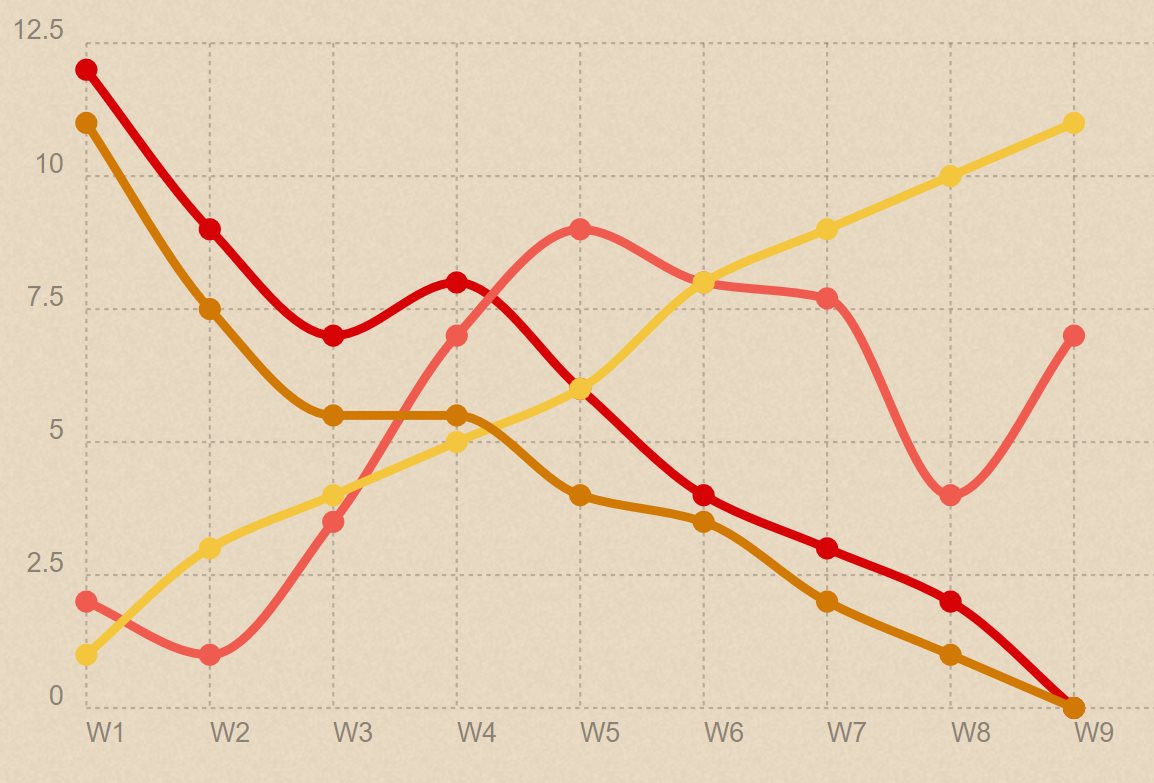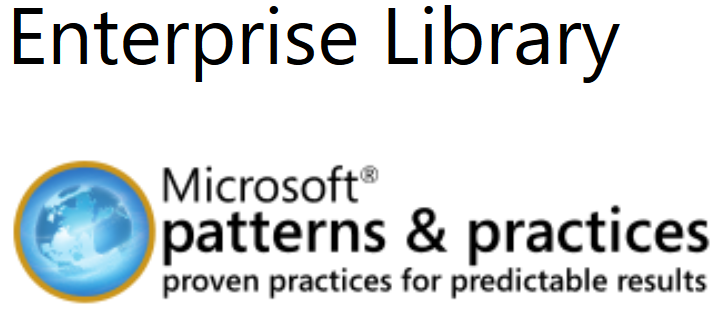
Use Toast Notification popups in asp.net
jQuery has some wonderful toast notification popups. In some of my web projects they are really helpful, but I did not find an easy general solution how to add them into all of my asp.net pages. Sure there are commercial solutions e.g. from Telerik but as long as you don’t need the other included stuff they are oversized (and expensive) if you just need the toast notifications. So I tried to find a solution which is
- easy to implement,
- works fine with master pages and
- free of charge.

Use LinkedIn Hopscotch with hidden elements
My previous posting shows how to use Hopscotch on asp.net Masterpages. While creating a new tour I’ve faced one thing: Sometimes the referenced element is currently hidden on the page, e.g. when using the collapse-option in Twitters Bootstrap Framework. Using Hopscotch it’s simple to show the element and then reference the tooltip to it. So current tip is regardless of the programming language (asp.net, PHP, HTML, etc.) and it’s a very simple one.

Use LinkedIn HopScotch on ASPX Masterpages
I fully agree with this quote from StartupVitamins: A user interface is like a joke. If you have to explain it, it’s not that good!
But it might happen that you need to have some kind of complexity which might be overwhelming for some users. So it’s of course a good idea to give as many helpful information as possible. But who reads manuals? …. Exactly. So nowadays it is (with good reason) expected by the users to have some kind of interactive guidelines. Of course there are several solutions, free and paid.
Hopscotch is a children’s game that can be played with several players or alone, but in currently article I’ll share some information about the Hopscotch framework created by the developers of business network LinkedIn. This Hopscotch helps you creating product tours on your website. So let’s see how to add a multipage tour to your asp.net website using asp.net Masterpages. Note: All helpful scripts are added at the end of this article. Continue reading…

Create HTML5 Charts using Chartist JS and asp.net
After RGraph has changed their license type and I also saw an article about Chartist JS in Smashing Magazine I checked what needs to be done to move. Chartist is hosted on Github so it’s open source and also free according to their current license.
I’ve already written a blog post how to Create HTML5 Charts using ASP.net and RGraph so I used this code and transferred it to Chartist JS. And well, it’s just 2 minutes work.
Of course you have to reference the library, so add the script and the css to your page:
<link rel="stylesheet" href="//cdn.jsdelivr.net/chartist.js/latest/chartist.min.css"> <script src="//cdn.jsdelivr.net/chartist.js/latest/chartist.min.js"></script>
Then add the script for your chart and the div for the chart itself:
<script type="text/javascript">
function setChart() {
var data = {
labels: <%=chartLabels %>,
series: <%=chartData%>
};
new Chartist.Line('.ct-chart', data);
};
window.onload = setChart;
</script>
<div class="ct-chart ct-perfect-fourth">
</div>
In the backend compute the values you want to show. Probably you would like to read them from SQL DB or else, but I just code them for easier understanding in this example. Take care: chartDate needs 2 square brackets!
Public Class WebForm3
Inherits System.Web.UI.Page
Private m_chartData As String
Public Property chartData() As String
Get
Return m_chartData
End Get
Set(value As String)
m_chartData = value
End Set
End Property
Private m_chartLabels As String
Public Property chartLabels() As String
Get
Return m_chartLabels
End Get
Set(value As String)
m_chartLabels = value
End Set
End Property
Protected Sub Page_Load(ByVal sender As Object, ByVal e As System.EventArgs) Handles Me.Load
If Not Page.IsPostBack Then
SetValues()
End If
End Sub
Private Sub SetValues()
chartData = "[]280, 45, 133, 166, 84, 259, 266, 960, 219, 311, 67, 89[]"
chartLabels = "['Jan', 'Feb', 'Mar', 'Apr', 'May', 'Jun', 'Jul', 'Aug', 'Sep', 'Oct', 'Nov', 'Dec']"
End Sub
End Class
And that’s all.
Of course you could do much more with Chartist, like Animations, tooltips etc., but current post should only give you a first overview how to start with asp.net and Chartist JS. Now have a look at their examples and create your own charts.

RGraph changed license type so always download your tools
This is not a how-to article to describe some development techniques. It’s just a reminder to always download the full package of any external tools you use!
Reason for this blog post is the changed license of RGraph.net: Previously it was free for everyone to use, both personal and commercial. That’s why I used it and also wrote a blog post how to Create HTML5 Charts using ASP.net and RGraph. But now the license has changed! It’s still free for personal projects, but if you want to use it in commercial projects your have to pay 99 £ (currently around 130 € or 150 US-$). I was surprised to discover this because I did not find any announcement about the license change. I would expect some information somewhere. Maybe on the start screen so everyone is informed. At least on the license page or on the previous donation page (which does not exist anymore). Maybe also on their facebook page. Or on Twitter? They have 419 followers so they might be interested in a license change. But nothing found.
So I checked the internet archive. According to their archives, the change has been made between 02. August 2014 (saying “Truly Open Source and Free to use”) and 28. August 2014 (where it’s “Open and free for non-commercial”). I also checked their facebook and twitter accounts for this time range, but no information found 🙁
I’m a bit sad that the license change is not published anywhere. Of course RGraph is a great tool, and for sure they deserve the money. It seems that donations were not successful, so the switch to another license type is of course completely ok. I fully support this. But I regret that there is no information to the current users. Why do they want to hide the change? Why not be more open and explain the change? I guess most users would understand that switch.
So now I’ve discovered the license change by coincidence. So what about my current license? I’m using a version which was free. Am I still allowed to use it for free? I think so, because you could change the license for new versions, but not for published ones (as far as I know). Additionally I have in mind that the RGraph project is not developed anymore? I thought I’ve visited the site maybe 2 months
Several other projects show much better how to switch a license type: Explain to the user, clarify what is allowed with old versions, maybe still offer the old free code to download, explain why the license is switched and what advantages users would have from the new version.
So what I’ve learned from this: Always download the tools you are using! Content-Delivery Networks (CDN) are great and easy to use, but if the license type changes unexpected you might have problems to use the previously free version. Having a local copy would always help, also in legal cases.
Update from 02. July 2015:
I just received an email from Richard that the license of RGraph has been changed again. Now it has 2 license types: GPL or purchase. Please have a look at RGrpahs License page for all the details

Download Enterprise library log file which is currently in use by asp.net
I use Microsofts Enterprise Library in many web projects. The modules are very easy to use, so e.g. you have a log for your website up and running in minutes. The problem I faced: I write the log into textfiles, and of course they are always in use. I could download them via FTP and read offline, but what if I want to read it online? Of course I don’t have the files in the public webdirectory as it contains confidential information. So I need to provide a download mechanism, but there is one trap because the logfile is more or less always in use. So here is how to do it, and we also create a general procedure out of it so that the filename is retrieved from web.config instead of hardcoded. Continue reading…

How to create tooltips in asp:Repeater using Bootgrid
In my previous posts Use jQuery Bootgrid with asp.net Gridview and Use jQuery Bootgrid with asp.net Repeater I have already shown details about using jQuery-Bootgrid in asp.net Gridview and Repeater. I’ve also shown how to format datetime or numeric values, style columns, add links and some more. So here are some more things which you might want to add in your jQuery Bootgrid implementation. These tips are not related to asp.net anymore, so these are also helpful if you are on PHP, HTML or whatever. Continue reading…

Use jQuery Bootgrid with asp.net Repeater
In last post “Use jQuery Bootgrid with asp.net Gridview” I’ve setup jQuery-Bootgrid to work with an asp.net Gridview control. Now I do the same for asp:Repeater control. Additionally I’ve changed the style of a column and also the output of the datetime column so that it’s now working fine if the datatable contains the value as datetime instead of string. Continue reading…
